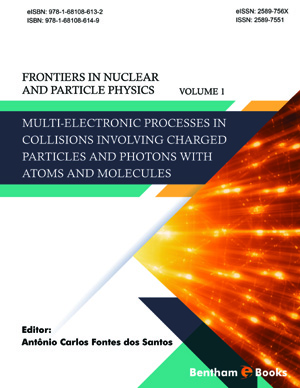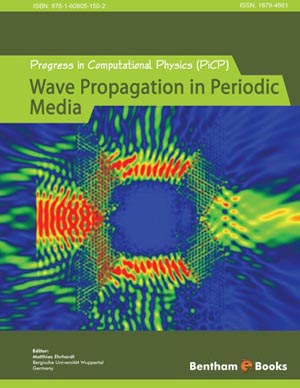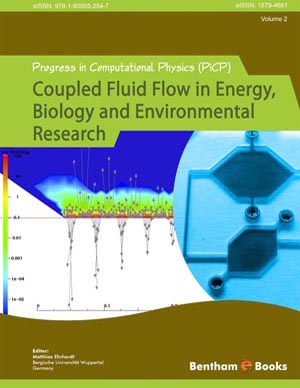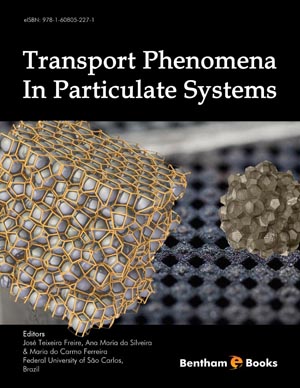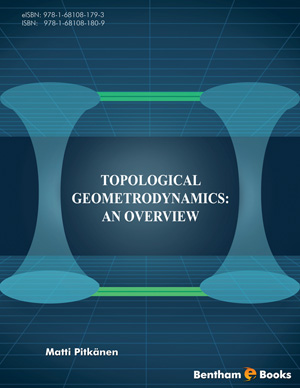Abstract
In this chapter we formulate the basic principles of the approach used in this book. In the beginning we present a brief description of known traditional passive and active approaches to the problem of “invisibility” of physical bodies in the wave fields of various physical genesis. All these approaches can be reduced to a combination of linear electric circuits with constant parameters. Due to the physical conditions of far propagation, the wavelengths of incident waves retain of the constant order for many years. We consider the contemporary achievements of electronic actuators and sensors: growth of rapidity and decreasing of geometrical sizes of actuators and sensors together with the growth of speed and accuracy of computer calculations present the stable technological tendency. What benefit we could get from this progress in solution of above mentioned problems? Below we consider several simplest solutions of one-dimensional boundary value problems. The suggested control algorithms use fast parametric and fast logical operations. Therefore, these algorithms can not be reduced to a combination of linear electric circuits with constant parameters (as in traditional approaches above). Control algorithms suggested are characterized by spatial locality and temporal locality of control. This means, for instance, that we need not know the period and wavelength of incident wave for effective control.






